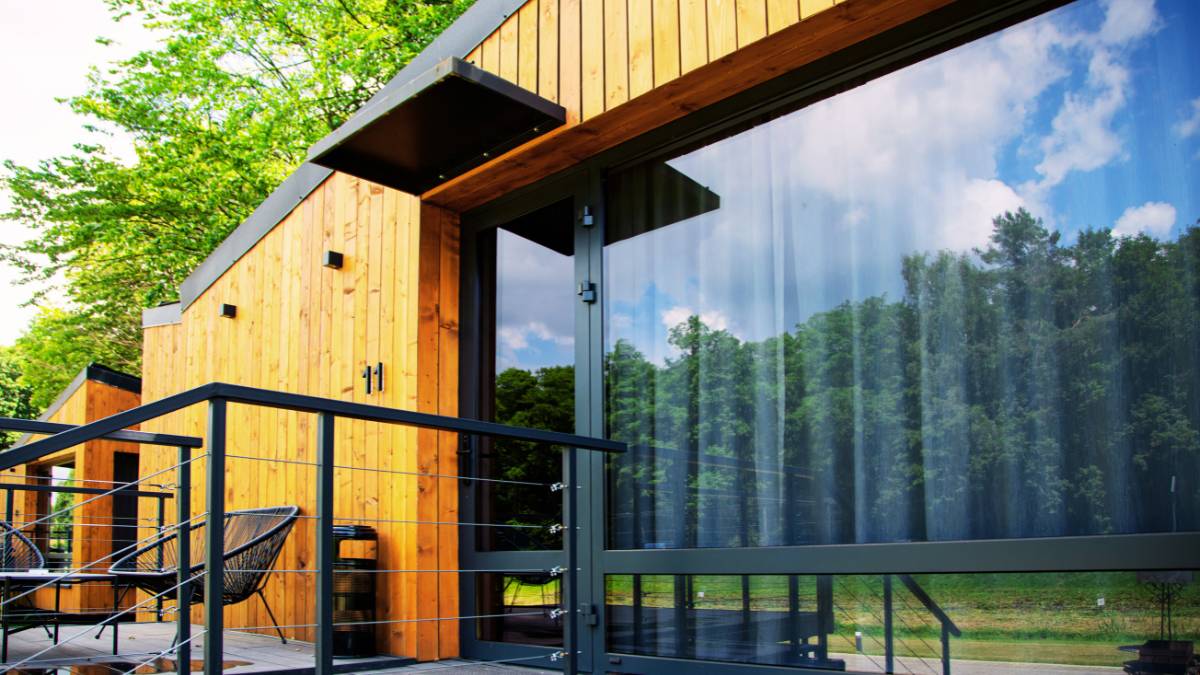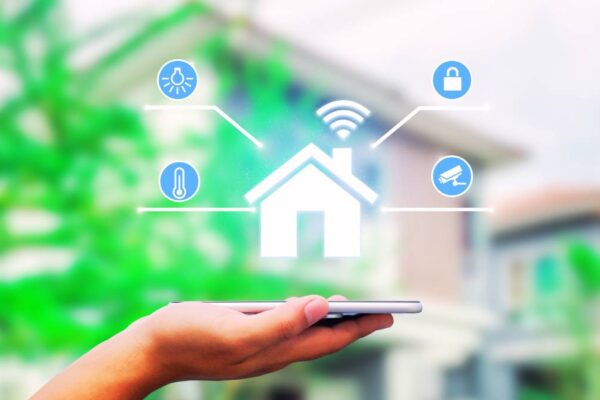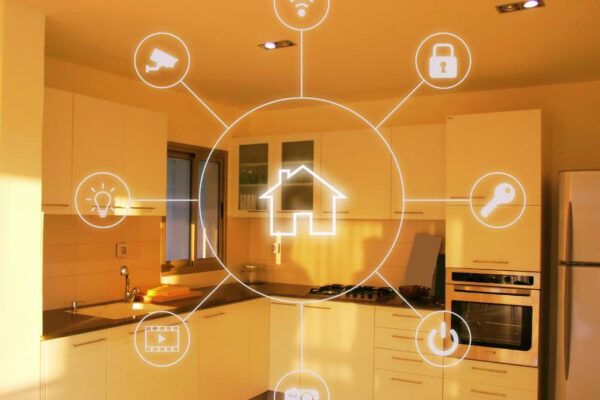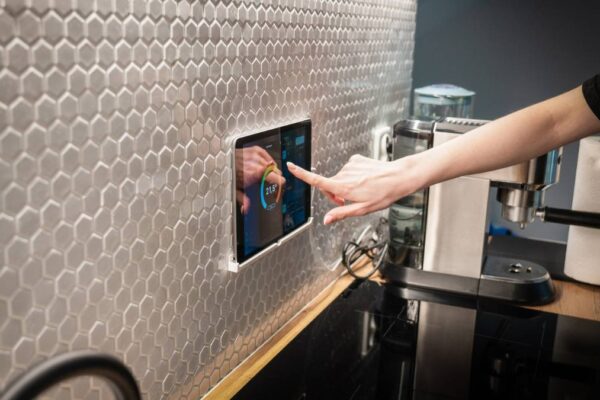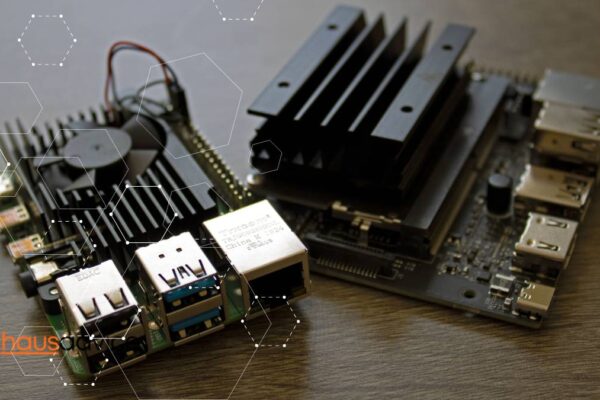In today’s world, the concept of a smart home transcends mere technological advancement; it embodies a commitment to sustainability and environmental stewardship. For those embarking on the journey of remodeling or building anew, integrating eco-friendly practices with smart technology is not just a trend but a responsibility. This comprehensive guide aims to illuminate the path to constructing an eco-friendly smart home where innovation meets conservation and modern conveniences align with environmental ethics.
Using Smart Temperature Control
The integration of smart thermostats represents a significant stride in home efficiency. These devices, far beyond standard temperature regulation, adapt to your lifestyle, learning and adjusting to your preferences. This intelligent control of home heating and cooling serves a dual purpose: optimizing your comfort while significantly reducing energy consumption, striking a balance between personal convenience and ecological responsibility.
Recognizing the Impact of Energy-Efficient Windows
In the quest for a sustainable smart home, windows play a pivotal role. Installing energy-efficient windows, like double-glazed or low-emissivity variants, greatly reduces heat transfer, thereby diminishing the need for extensive heating and cooling. This choice not only conserves energy but also maintains a stable and comfortable indoor climate, showcasing how small details can make a substantial difference in your home’s environmental footprint.
Location Is the Key to Sustainable Living
For those at the planning stage of a new build, the location of your home is a critical consideration. Choosing an area with high walkability reduces dependence on vehicular travel, promoting a greener lifestyle. The right location enhances accessibility to sustainable transportation options and community resources, reinforcing the commitment to an environmentally friendly way of life.
Robust Wi-Fi as the Heart of a Smart Home
A robust Wi-Fi system is the heart of a smart home, ensuring seamless operation of all connected devices. This strong network is essential not just for convenience but also to prevent energy wastage due to system inefficiencies. A well-integrated Wi-Fi system guarantees that your smart home operates at peak efficiency, both in terms of energy usage and functional performance.
Water-Saving Technologies for Sustainable Homes
Incorporating water-saving technologies is a crucial aspect of building an eco-friendly smart home. Utilizing appliances like high-efficiency washing machines and low-flow toilets significantly lowers water usage. This commitment to water efficiency demonstrates that environmental responsibility can coexist with modern convenience, ensuring your home is as sustainable as it is comfortable.
Integrating Smart Security for Efficient Energy Use
Smart home security systems do more than protect; they contribute to the home’s energy efficiency. With features such as motion sensors and remote monitoring, these systems ensure that energy is not expended unnecessarily, particularly in lighting and heating. This integration of security and energy management underscores the multifaceted benefits of smart home technology, where safety and sustainability are in perfect harmony.
Final Words
Embarking on the journey to create an eco-friendly smart home is a step towards a sustainable future. It’s about making informed choices that reflect a commitment to the environment while enhancing your quality of life. Each element, from construction materials to smart technologies, weaves together to form a home that is not only a hub of modern convenience but also a beacon of environmental responsibility. This guide provides the foundational steps to build a home that aligns with your values, ensuring that your living space is a harmonious blend of comfort, efficiency, and sustainability.
